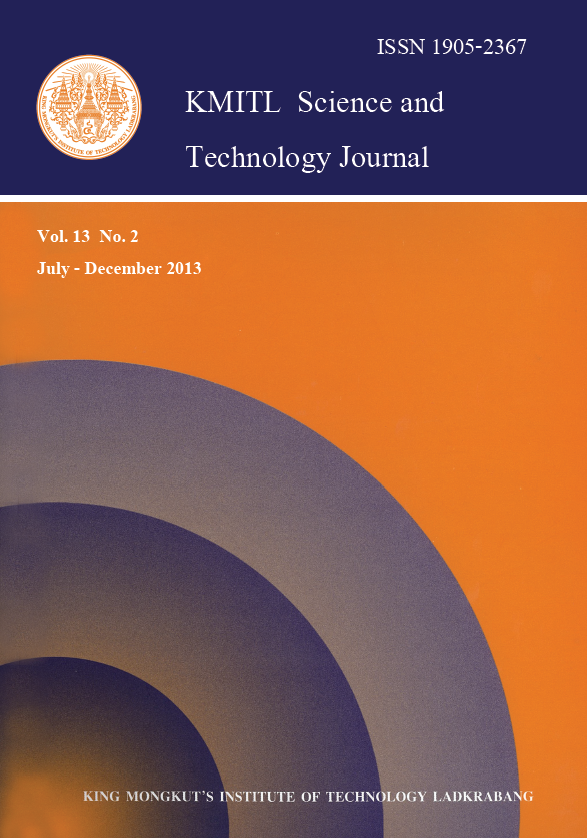In an effort to develop antibacterial fabrics, we studied the properties of eucalyptus leaf extract for dyeing and antibacterial activity on natural textiles. Two types of natural fabric, silk and wool, were dyed with 20, 40 and 80% owf of the extract as natural dye using 40% owf of four different types of mordant including Al, Cu, Fe and Sn. The dyed wool and silk fabrics were shown a shade of yellowish-brown except when using Fe mordant which resulted in a shade of dark grayish-brown. Agar diffusion method was performed for inhibition zone observation of dyed fabrics against Staphylococcus aureus and Escherichia coli, gram positive and gram negative bacteria, as common pathogen. The result showed that the best antibacterial property was observed from wool fabrics dyed with 20% owf dye and 40% owf Cu against both Staphylococcus aureus and Escherichia coli which were shown 1.26 and 0.98 cm zone of inhibition. Meanwhile, both silk and wool fabrics which were dyed with 40% owf dye and 40% owf Cu, gave the high activity against Staphylococcus aureus with 0.88 and 0.86 cm diameter of clear zone. In contrast, these fabrics showed low activity against Escherichia coli. This result clearly showed that all dyed fabrics using Cu as mordant showed the antibacterial activity both gram positive and negative strains while other mordants showed less or no activity.
Keywords: Antimicrobial fabric, Eucalyptus extract, Antibacterial activity, Natural fabric Natural dye
E-mail: yanisa@buu.ac.th
Laoong-u-thai*, Y. ., & Mongkholrattanasit, R. . (2018). The Evaluation of Eucalyptus Leaf Extract for Dyeing and Its Antibacterial Properties on Silk and Wool Fabrics. CURRENT APPLIED SCIENCE AND TECHNOLOGY, 76-81.

https://cast.kmitl.ac.th/articles/135490